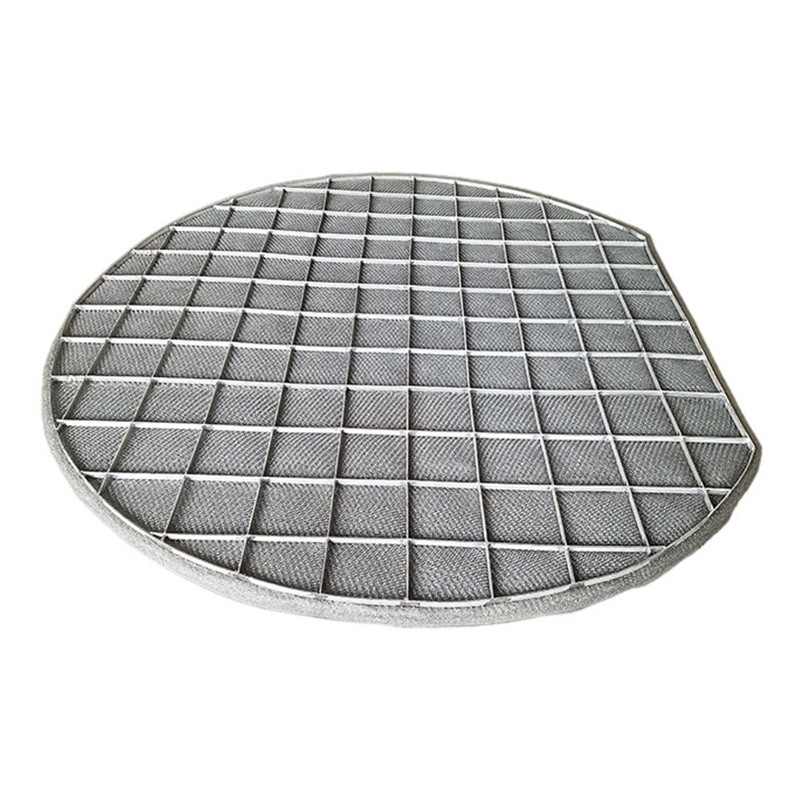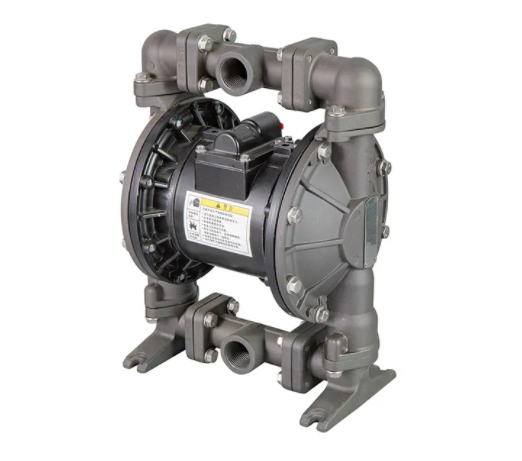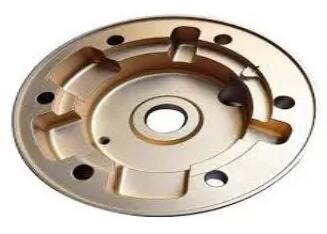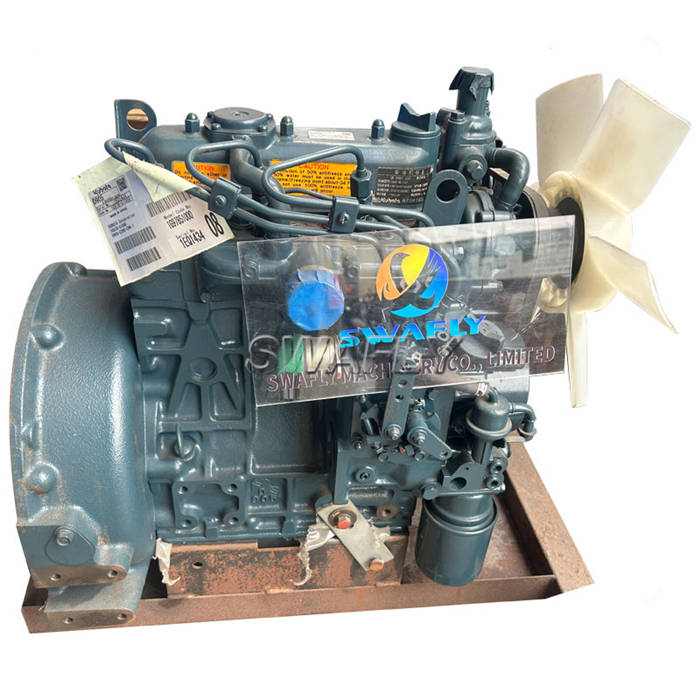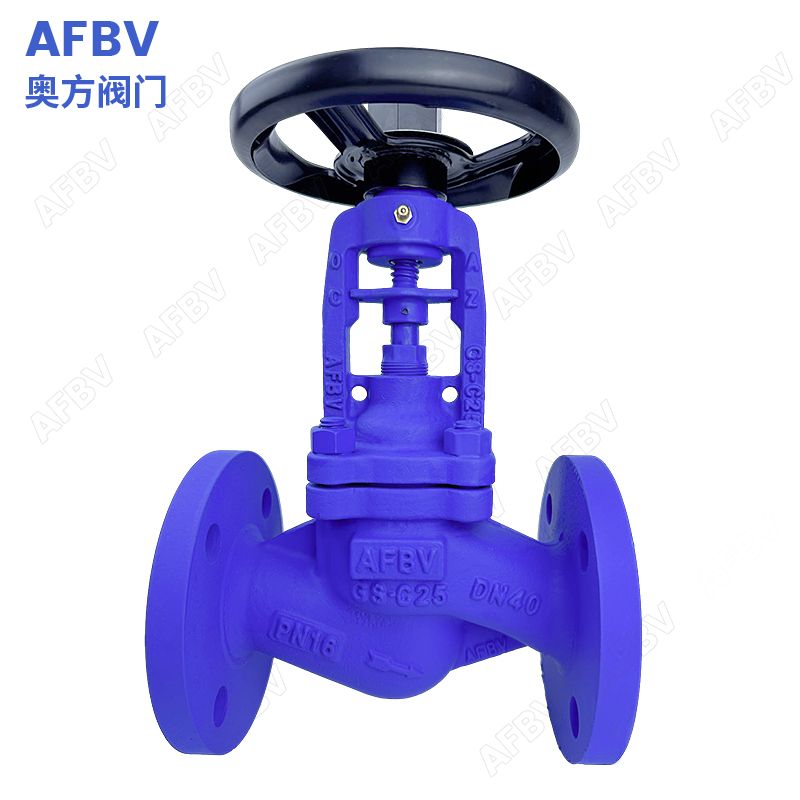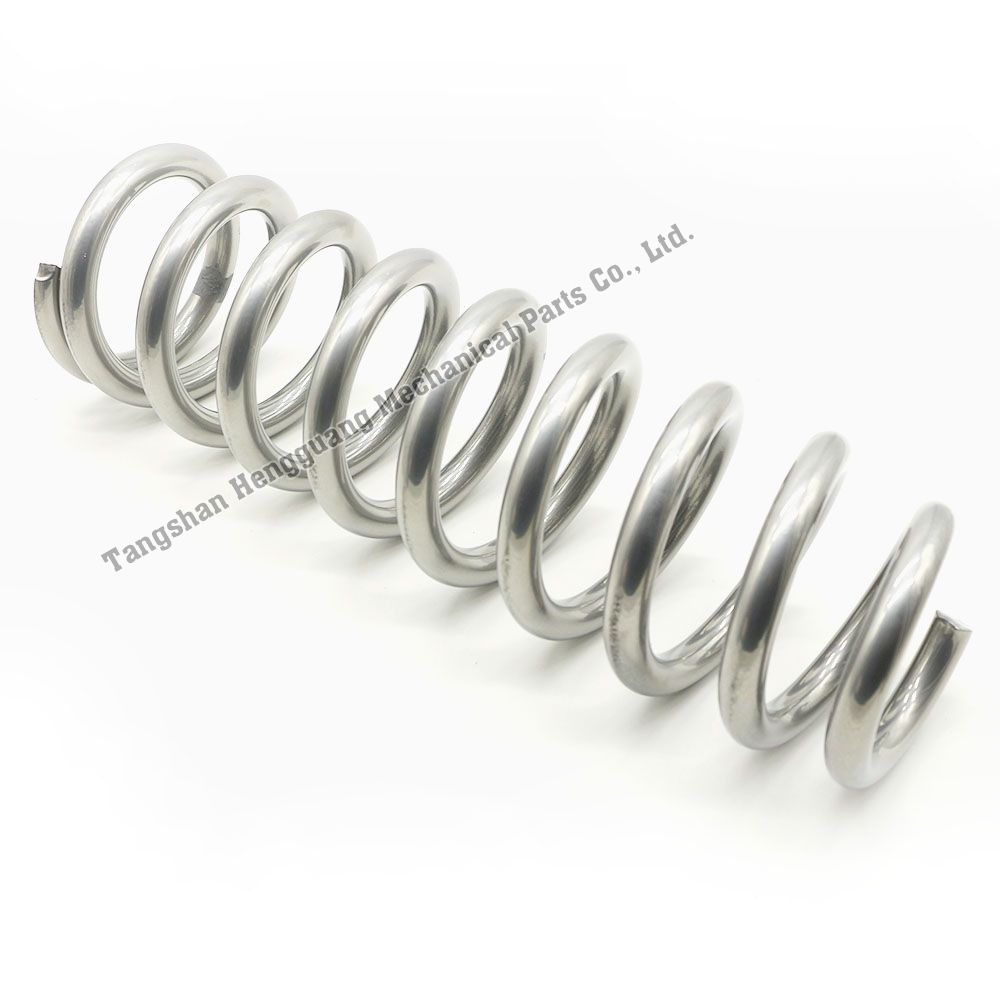The Importance of Pump Parts Casting
Introduction
Pump parts casting is a crucial process in the manufacturing of high-quality pump components that ensure efficient fluid handling in various industries. The casting method allows for the production of intricate and precise pump parts with superior strength and durability. In this article, we will delve into the significance of pump parts casting, the casting process itself, and the benefits it offers in the realm of fluid handling applications.
The Importance of Pump Parts Casting
Pump parts casting plays a vital role in the production of reliable and efficient pumps used in industries such as oil and gas, water treatment, chemical processing, and manufacturing. These industries rely on pumps to transport fluids, and the performance and durability of the pump components are essential for smooth and uninterrupted operations. By utilizing pump casting parts, manufacturers can create components that meet stringent quality standards and provide optimal performance under demanding operating conditions.

The Casting Process
Pump parts casting typically involves the following steps:
1. Pattern Creation: A pattern, which is a replica of the desired pump part, is created using materials such as wood, plastic, or metal. The pattern represents the shape and dimensions of the final component.
2. Mold Preparation: A mold is made by encasing the pattern in a molding material such as sand, ceramic, or investment material. The mold is created in two halves, known as the cope and drag, to allow for easy removal of the pattern.
3. Melting and Pouring: The chosen metal alloy, such as stainless steel, cast iron, or bronze, is melted in a furnace. Once molten, it is poured into the prepared mold cavity through gating systems and channels.
4. Solidification and Cooling: The molten metal solidifies and takes the shape of the mold cavity. Cooling is carefully controlled to ensure proper solidification and prevent defects.
Explore more:Differences between Cast Steel and Forged Steel Valves
What is a ductile iron pipe used for?
What are miniature bearings used for?
What Is Difference Between Ball Valve and Globe Valve?
What is a butterfly valve used for?
Which is better CV joints or universal joints?
Where is tyre coupling used?
5. Shakeout and Finishing: After the metal has cooled, the mold is removed, and the casting is extracted. The casting is then cleaned, removing any excess material or surface imperfections through processes such as grinding, sandblasting, or machining.
Benefits of Pump Parts Casting
1. Design Flexibility: Pump parts casting allows for intricate and complex designs, enabling the production of components with precise geometries and features. This flexibility enables manufacturers to create pump parts tailored to specific fluid handling requirements.
2. Superior Strength and Durability: Cast pump parts exhibit excellent mechanical properties, including high tensile strength and resistance to wear and corrosion. These properties ensure longevity and reliable performance in demanding environments.
3. Cost-Effectiveness: Pump parts casting offers cost advantages by allowing the production of large quantities of parts with consistent quality. It also eliminates the need for extensive machining and assembly, reducing overall production costs.
4. Material Options: Pump parts casting accommodates a wide range of metal alloys, offering manufacturers the flexibility to select materials that are best suited for specific applications. Different alloys provide varying levels of strength, corrosion resistance, and temperature tolerance.
5. Precision and Reproducibility: The casting process enables the production of pump parts with precise dimensions and tolerances. Once a successful casting process is established, manufacturers can achieve high reproducibility, ensuring consistent quality across multiple components.
Conclusion
Pump parts casting is a vital process in the production of reliable and efficient pump components. By leveraging this casting method, manufacturers can create pump parts that exhibit superior strength, durability, and precision. The ability to design intricate geometries, utilize various metal alloys, and achieve cost-effectiveness makes pump parts casting a preferred choice in fluid handling applications. With the continuous advancement of casting techniques and materials, pump parts casting will continue to play a crucial role in ensuring the seamless flow and efficient handling of fluids across diverse industries.
Explore more:How to Achieve Gear Coupling Reliability
How Reliable Are Caterpillar Diesel Engines?
What are the main three functions of a directional control valve in a hydraulic circuit?
What is a Mechanical seal?
How to Choose the Right Sump Pump?
Exploring the Versatile Uses of Electronic Actuators
The Power of Precision: Plane Thrust Ball Bearings





